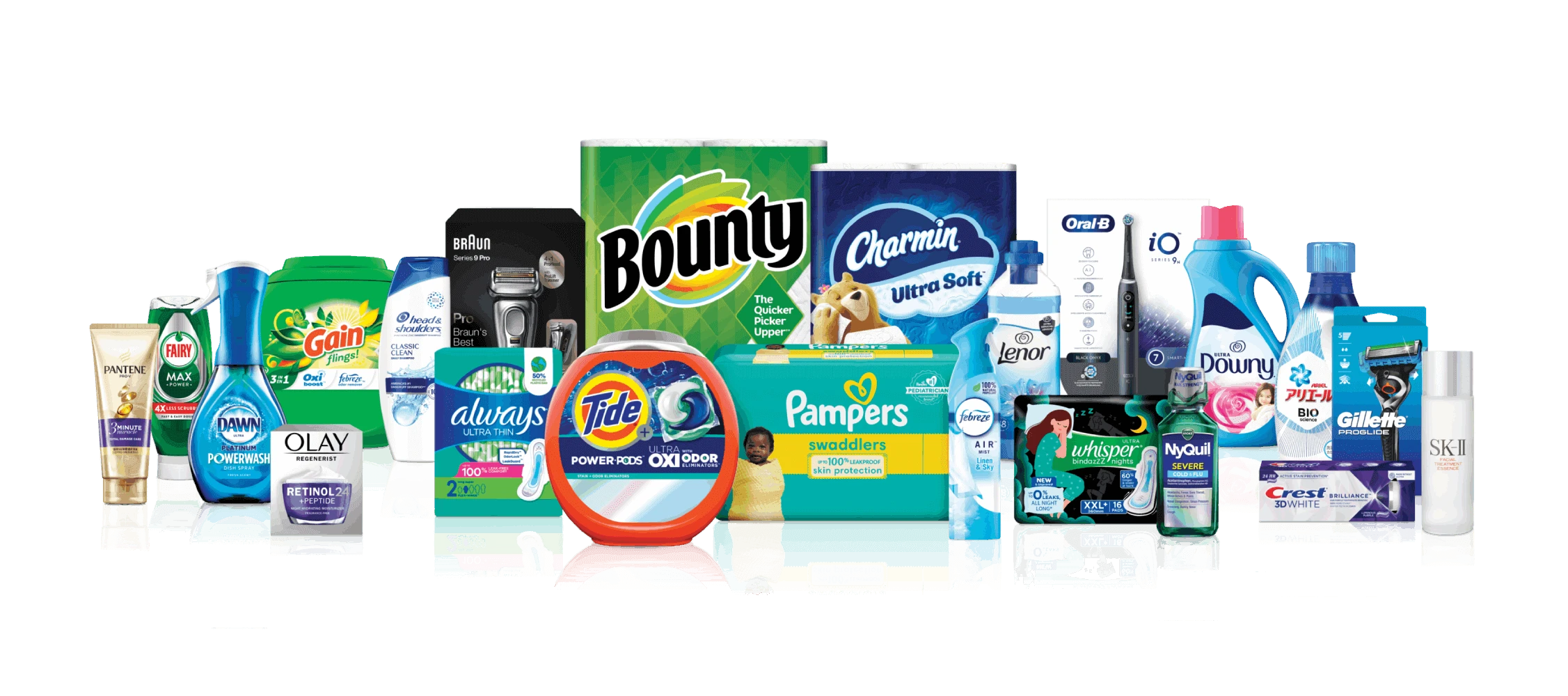Modern marketing has a volume problem.
Too many campaigns mistake activity for progress. Chasing abstract “purpose,” inflating generic benefits, or layering on lifestyle imagery. The outcome is predictable: plenty of noise, little commercial impact.
Procter & Gamble’s recent transformation shows the alternative. Leadership reset the business around one principle: brands win by solving real consumer tensions. Product superiority was no longer a claim; it became a testable response to daily frictions, whether in usage, buying, or living. That focus, coupled with sharper portfolios and faster testing cycles, delivered billions in growth. It was not rhetoric. It was necessity.
Our job as marketers is not to decorate messages but to translate lived tensions into creative that works. A brief framed as “millennial parents value convenience” is inert. A brief that identifies “the stress of mid-week meal prep” is actionable. One is abstract. The other directs a brands New Truth, media, and storytelling toward a real problem to be solved.
Making this operational requires discipline. Tension-mapping must become a standard tool alongside segmentation. Creative hypotheses should be stress-tested with behavioural data, not gut feel. And testing velocity must match the pace of culture. Weeks, not months. Using ai, retail data, and rapid validation platforms such as Ubiqitum allows this.
Agencies that thrive and deliver results will be those that stop chasing noise and start solving friction. Because necessity isn’t just the mother of invention, it’s the engine of enduring brands.

